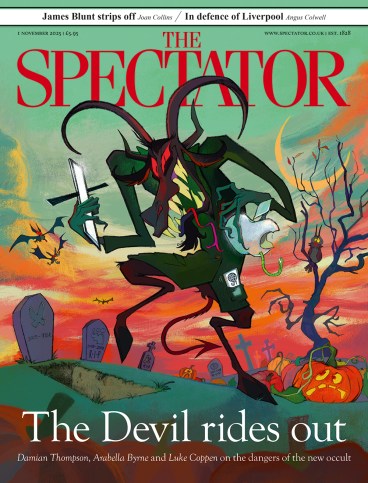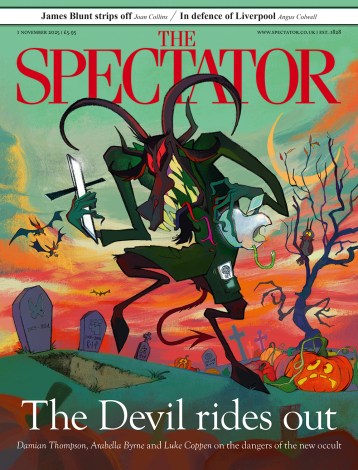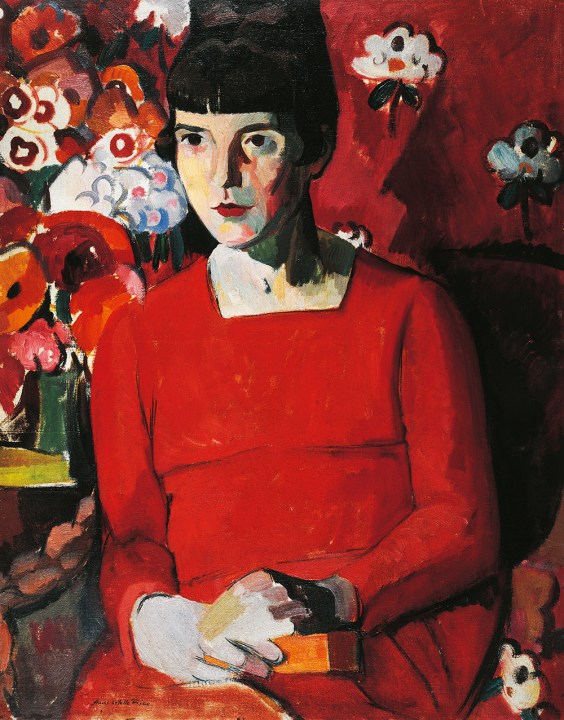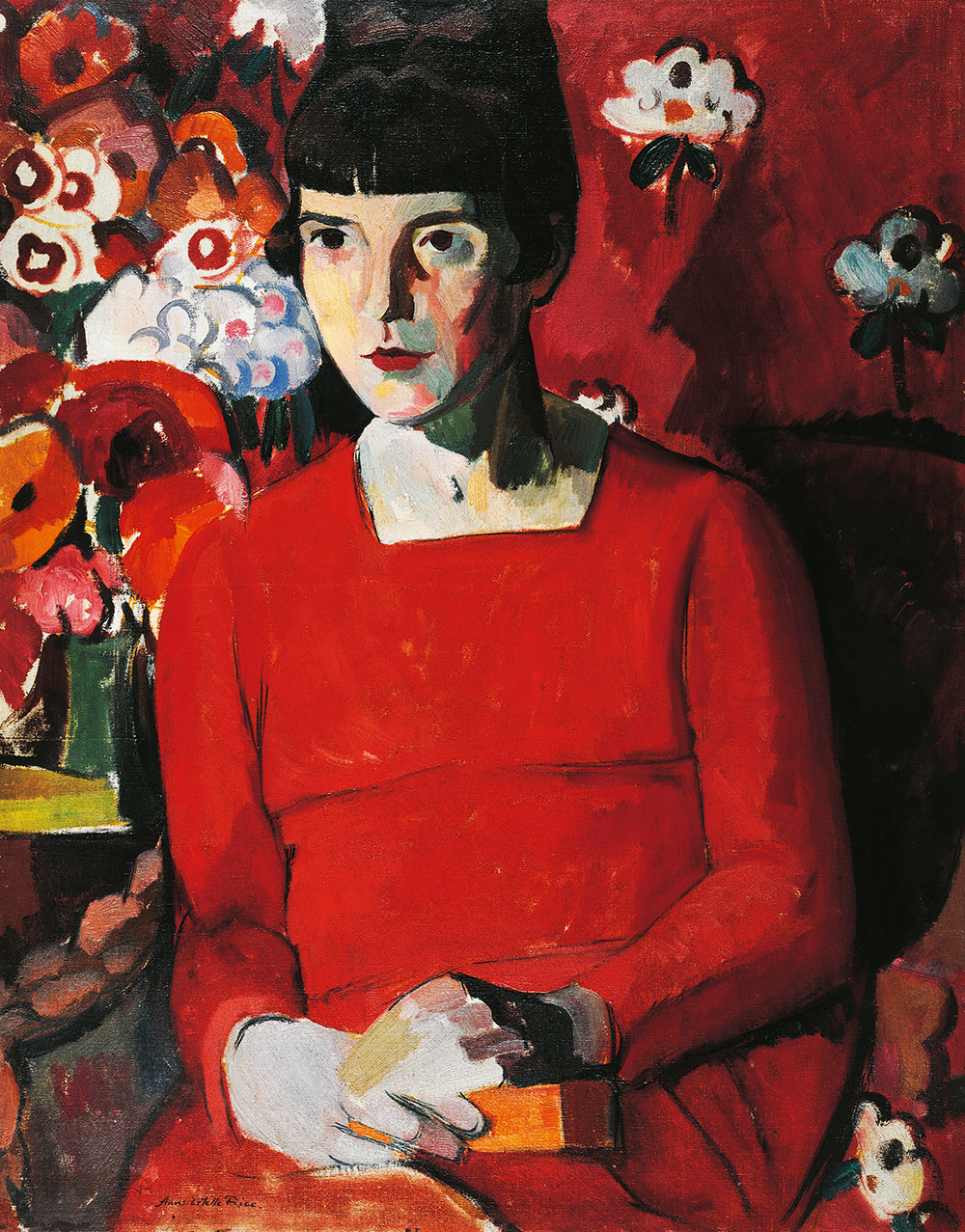
Katherine Mansfield refused to be pinned down. Aged 17, she told a friend she planned to lead ‘all sorts of lives’, already chafing at the limitations of her parents’ bourgeois world. She warned her first lover that she liked ‘always to have a great grip of life, so that I intensify the so-called small things – so that truly everything is significant’. Living, to Mansfield, was a challenge to be confronted head-on, a restless and active process of ‘shedding and renewing’. Her passion for life fortified her through a horrifying succession of troubles. It fed her art; it also exhausted her.
‘Life’, in its most capacious sense, is the subject of Mansfield’s fiction. As Gerri Kimber writes in her fascinating new biography, Mansfield possessed ‘a supreme gift for storytelling that has never been equalled’. Her short stories, Kimber notes (she never wrote a novel), impose no morals or messages but simply offer ‘slices of life’: intimate, fleeting glimpses into her characters’ worlds. ‘And after all, the weather was ideal,’ opens ‘The Garden Party’ (1922), one of her most celebrated pieces, throwing the reader straight into a scene replete with doubts, hopes and tensions.
Mansfield’s signature technique was free indirect discourse, a style which moves between the voice of a narrator and a character’s innermost thoughts. She once compared herself to a camera, panning out wide, then focusing sharply in. ‘It is such a strange delight to observe people and to try to understand them,’ she wrote to a friend. Whether portraying a former couple meeting, uncomfortably, in a tea shop, a lonely woman in furs overhearing a casual joke at her own expense, or a young girl’s first brush with mortality, Mansfield’s stories brim with intensity, her acute observation of character tinged now with sharp humour, now with devastating melancholy.
Kathleen Mansfield Beauchamp was born in New Zealand in 1888. Her Karori childhood – the open landscape, the wealth and the poverty, her brooding sense of isolation – suffuses her fiction. At 16, she was sent to be educated in London, where she discovered Oscar Wilde, learned to smoke, developed interests in art and the occult and set her heart on a musical career (she played the cello). But between around 1908 and 1911, her life spiralled. She experienced numerous infatuations with men which resulted in a catastrophic sequence of rejections, abortions, miscarriages and STDs.
Kimber’s sensitive telling of these ‘dark years’ draws on a newly discovered divorce affidavit from Mansfield’s first husband, George Bowden, citing her ‘insatiable desire for sexual intercourse’. She hardly lived with Bowden, whom she married in 1909, aged 20, while secretly pregnant with another man’s child. Her mother, suspecting Mansfield’s marriage had faltered because she was lesbian, rushed over from New Zealand and whisked her off to a water cure in Bavaria, where she began the stories – often exploring fraught power dynamics within marriage – which formed the basis of her first collection, In a German Pension.
Aged 16, Katherine discovered Oscar Wilde, learned to smoke and developed an interest in the occult
In 1911, the same year her debut appeared, Mansfield met and fell in love with John Middleton Murry, the editor of the fledgling avant-garde magazine Rhythm. She began to funnel the allowance she received from her father into the publication and it printed many of her stories, reviews, poems and editorials; she and Murry were soon an uneasy fixture on the London literary scene, privately sneered at – and slightly feared – by the Bloomsbury set. They didn’t actually marry until 1918, by which time they were living practically separate existences. Murry’s indifference was deeply painful to Mansfield, who saw, to her regret, that he ‘has not this same great devouring need of me that I have of him’. As her health deteriorated – she would die, aged just 34, of tuberculosis – she embarked on a nomadic existence in Europe, seeking warmer climates where her symptoms might improve. Her illness strengthened her determination to retain her independence and to devote her limited time to writing. She published two more acclaimed story collections, Bliss (1920) and The Garden Party (1922). ‘One must live alone and work & put away one’s passion – one’s passion for life,’ she wrote. ‘It must all go into work.’
Kimber is an authority on Mansfield’s life and work. She has co-edited scholarly editions of Mansfield’s writing, collected her extensive correspondence and written essays on subjects ranging from Mansfield’s fascination with Russian literature to her fraught friendships with D.H. Lawrence and Virginia Woolf (who described Mansfield as the only writer of whom she was jealous), and Murry’s highly selective editing of his wife’s diaries and letters after her death in 1923.
One of Kimber’s major inquiries here is into the ‘complicated bond’ between Mansfield and Murry. Mansfield, she suggests, was ‘inwardly tormented by the fact that there never was a couple less suited to each other than they were’. In his posthumous editions of her work, Murry was eager to present Mansfield as a saintly figure (whom friends hardly recognised) and to emphasise his own centrality to her development as a writer. Instead, Kimber proposes that Mansfield’s most significant sexual and intellectual relationship was with A.R. Orage, who published several of her earliest stories in his magazine The New Age, and whose spiritual guidance led her to spend her final weeks at George Gurdjieff’s community at Fontaine-bleau, established on the principle that inner healing was a prerequisite for curing physical ailments.
Murry, jealous, wiped all traces of Orage from his own accounts of Mansfield’s life. But her choice to join Gurdjieff, Kimber convincingly argues, was less about the hope of recovery than a desire to find peace in herself at last, and to rekindle that love of life which had always driven her. ‘She was risqué, she was modern, she was entertaining,’ writes Kimber. (Mansfield once told a prospective editor: ‘I am poor – obscure – just 18 years of age – with a rapacious appetite for everything and principles as light as my purse.’) In a short life filled with tragedy, it’s deeply moving that what shines through most strongly is Mansfield’s heroic determination to live fully. ‘It’s a queer world,’ she once told Murry, ‘but in spite of everything, darling, it’s a rare, rare joy to be alive.’








Comments